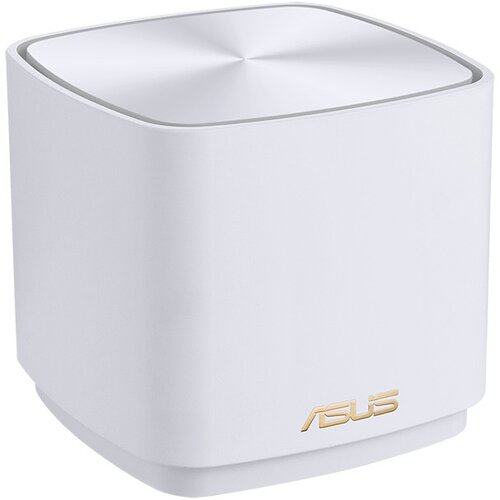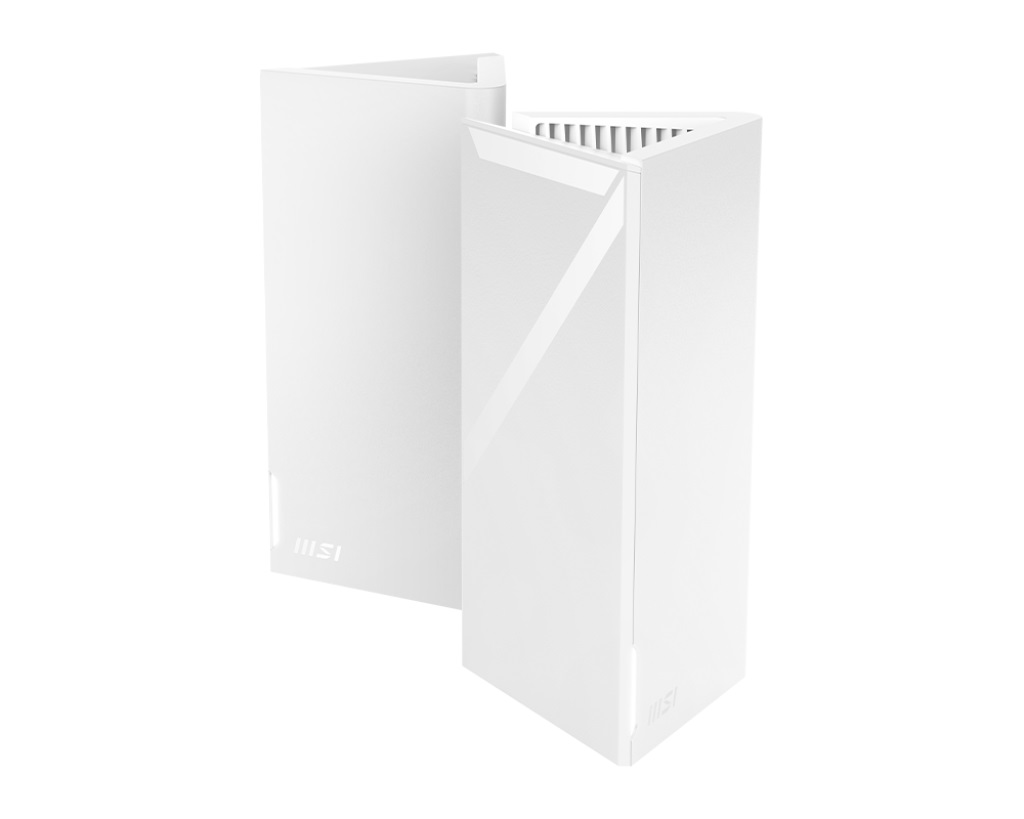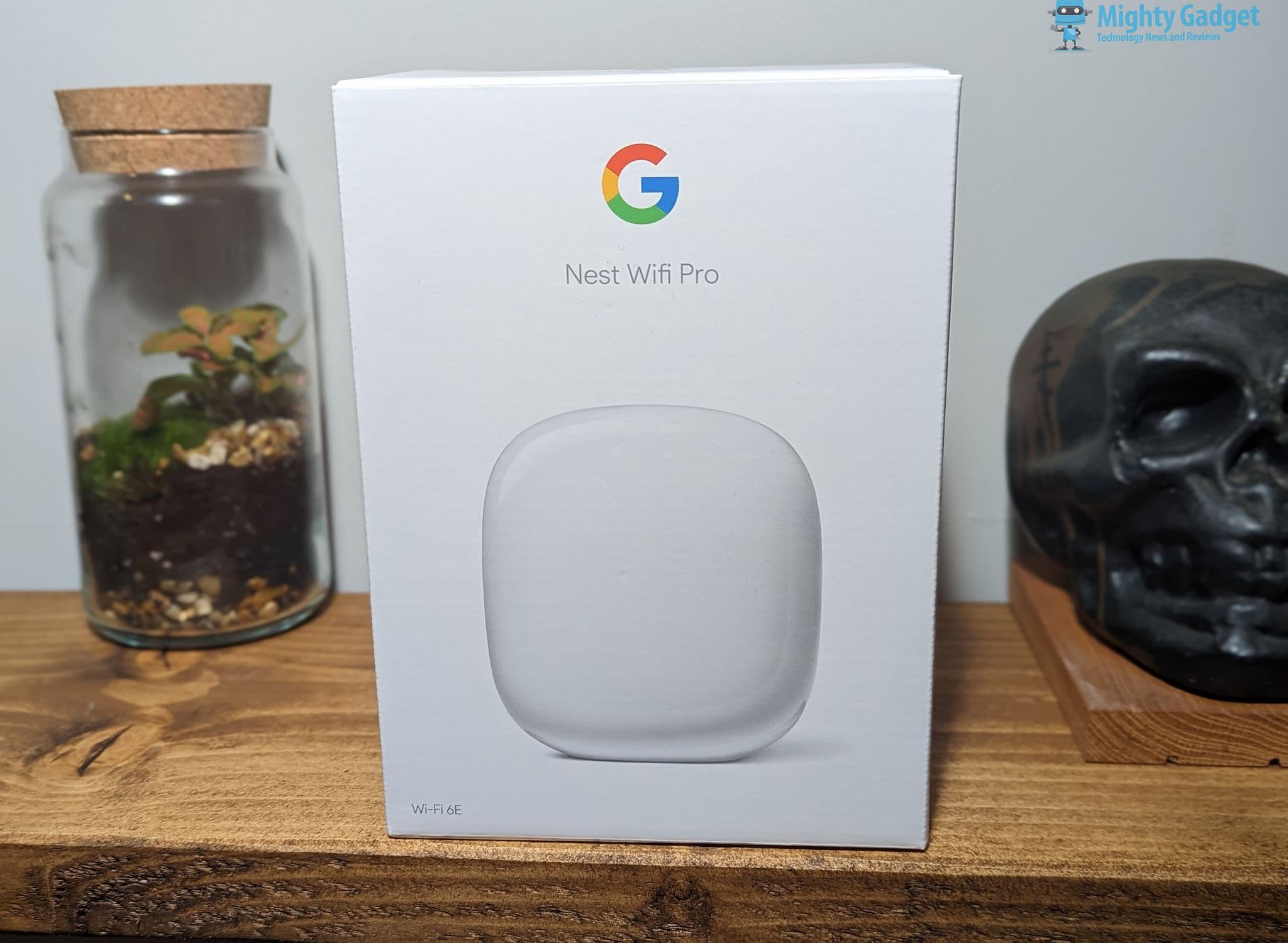A Guiding Hand Through the ICPC Journey.
Welcome. This guide is designed to make the Interstate Compact on the Placement of Children (ICPC) process clearer and less overwhelming. Think of it as a map for your journey, helping you understand each step, anticipate challenges, and feel more confident as you move forward in bringing a child home.
The Process, Step by Step
The ICPC process is a sequence of reviews and approvals involving both the child's birth state (sending state) and your home state (receiving state). While it can feel long, understanding the roles and stages can help you track progress. Below is a breakdown of the typical journey.
1. Packet Submission
Your agency or attorney assembles and submits all required paperwork to the sending state's ICPC office. Accuracy is key to avoid delays.
Timeline: 7-10 business days for initial review.
2. Sending State Review
The sending state's ICPC office reviews the packet for completion. Once approved, they forward it to your home state.
Timeline: Part of the initial 7-10 business days.
3. Receiving State Review
Your home state's ICPC office conducts its own review, which often includes triggering a home study or reviewing your existing one.
Timeline: Varies widely, from weeks to months.
4. Approval & Travel
Once both states approve, you get the official "all clear" to travel home with the child. Do not travel before receiving this explicit approval.
Overall Wait: Typically 10-14 business days, but can be much longer.
5. Post-Placement
After you're home, a period of supervision begins. Your agency will conduct visits and submit reports until the adoption is finalized.
Timeline: Minimum of 6 months.
Special Case: Regulation 7
An "expedited" process for placements with close relatives. While the goal is a 20-day decision, many states struggle to meet this timeline due to caseloads and licensing requirements.
Target Timeline: 20 business days (often longer in practice).
State Insights & Challenges
The ICPC experience can vary greatly depending on the states involved. Some states have higher rates of denying placement requests, which can lead to delays and frustration. This data helps you understand the landscape, though every case is unique.
Outgoing ICPC Denial Rates by State
This chart shows states with notably high denial rates for all types of outgoing ICPC requests. A higher bar means a higher percentage of requests from that state were denied by receiving states.
Data reflects historical reports and may not represent current performance. Source: Aggregated from guidebook research.
The Reality: Benefits & Challenges
The ICPC system was created with the child's best interest at heart, but it's not without its flaws. Understanding both the protective benefits and the common frustrations can help you manage your expectations throughout the journey.
✅ The Benefits (Why it Exists)
- 🛡️Ensures child safety by vetting homes before placement.
- ⚖️Establishes clear legal and financial responsibility for the child.
- 👀Provides continued oversight to ensure the child's well-being post-placement.
- 🌍Offers uniform protections for children, no matter which states are involved.
⚠️ The Challenges (The Frustrations)
- ⏳Excessive delays and slow paperwork are the most common complaints.
- ❓Varying state laws and interpretations create inconsistency and confusion.
- 🚫Denials can feel arbitrary, with little to no process for appeal or review.
- 📞Communication gaps between state offices can stall progress.
Common Questions Answered
Here are quick answers to some of the most common questions foster and adoptive parents have about the ICPC process. Click on a question to see the answer.








